Disclosure: Meeple Mountain received a free copy of this product in exchange for an honest, unbiased review. This review is not intended to be an endorsement.
The Tiny Epic series and I have a strange relationship.
While I admire the engineering involved in these compact games, I find that their deceptive simplicity often leads to engaging experiences. However, despite their initial charm, these games fail to leave a lasting impression on me. They seem to occupy a space in my board game “career” that is reminiscent of a gas station—serving a purpose in the moment, yet quickly forgotten once I move on.
I don’t want to give the impression that I enjoyed every Tiny Epic game, as some of them didn’t leave the most positive memories, like Quest and Cowboy. Yet I also can’t ignore the impact it has on the board game industry, as we have seen plenty of other publishers like Oink Games use the “small box, big game” imagery. Considering the Tiny Epic series has been around since 2015 and there are still new games in the pipeline, it does suggest a commercial success.
Tiny Epic Vikings captured my attention for two simple reasons: Area Control and Drafting. I’m a sucker for such mechanisms in my games, and curiosity got the better of me here. I played Blood Rage, reviewed Inis, and enjoyed my games of Ethnos. Also, this is a Viking-themed game, which means violence. As a Canadian, I respect violence and keeping score; that’s why God invented hockey.
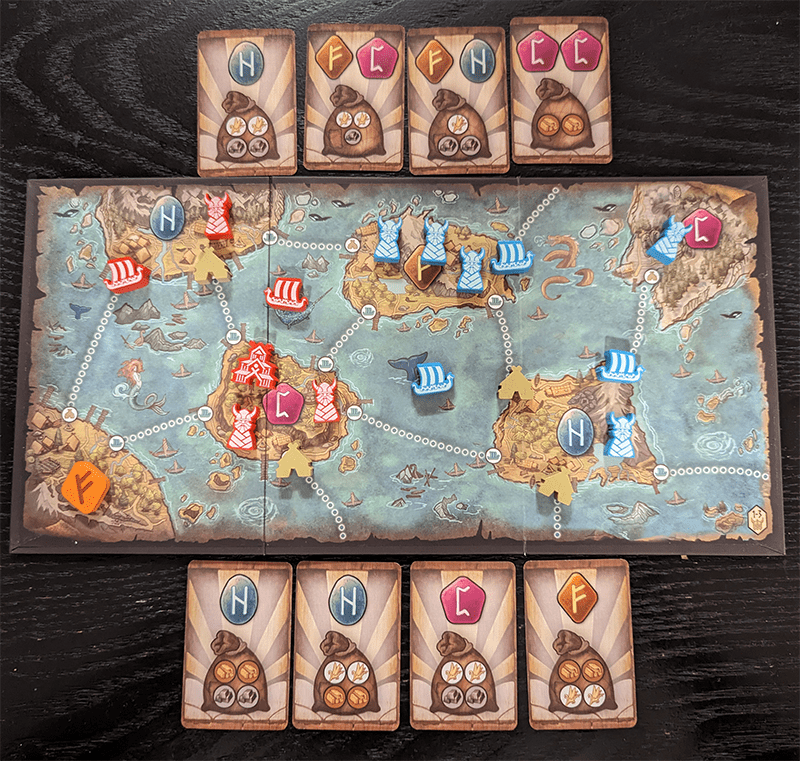
Conquer the Tiny Seas
The Viking theme does tell its own story. You are a clan of Vikings, and there are some islands with villages, so it’s time to bring in the ships, crack some skulls, and erect some temples. You’ll do all of this by drafting cards. Resources like wood, ore, and food are also used to recruit more clan members, raid villages, and colonize islands.
Every Viking card has multiple features. Firstly, there is the combat value, where a higher number is better. Additionally, each card possesses a primary action as well as a secondary bonus action that can be utilized during your turn. The primary actions typically involve maneuvering ships, collecting resources, and moving your Vikings across the islands. As for the bonus actions, they offer a wide range of possibilities, such as drawing and replacing cards or gaining extra movement. However, these bonus actions can only be activated if you possess the corresponding runestone type, as each drafted card belongs to a specific type.
There are three runestone types, and they are related to the three randomly chosen Norse Gods for the game’s session. Each God gives a different power that triggers when you lose a battle. Besides the Viking cards, you also get runestones by having majority control of an island or by winning fights. The core idea here is that you want to trigger bonus actions by positioning yourself on the right islands, playing the right cards, and winning the right battles. Also, the runestones are used for victory points since each God will have Rage and Gods with higher Rage are worth more points.
I haven’t even explained the flow of the game, and I feel like I’m punching you with a load of information. This is a bit of a spoiler, but this will be an issue I plan on bringing up.
Speaking of game flow, Tiny Epic Viking has three rounds, or ages, as it likes to call them. At the start of each age, players will draft cards, and this is nothing out of the ordinary for the genre. You get a hand of cards, pick one for yourself, and give the rest to your neighbor. Repeat until there are no more cards; then the age begins.
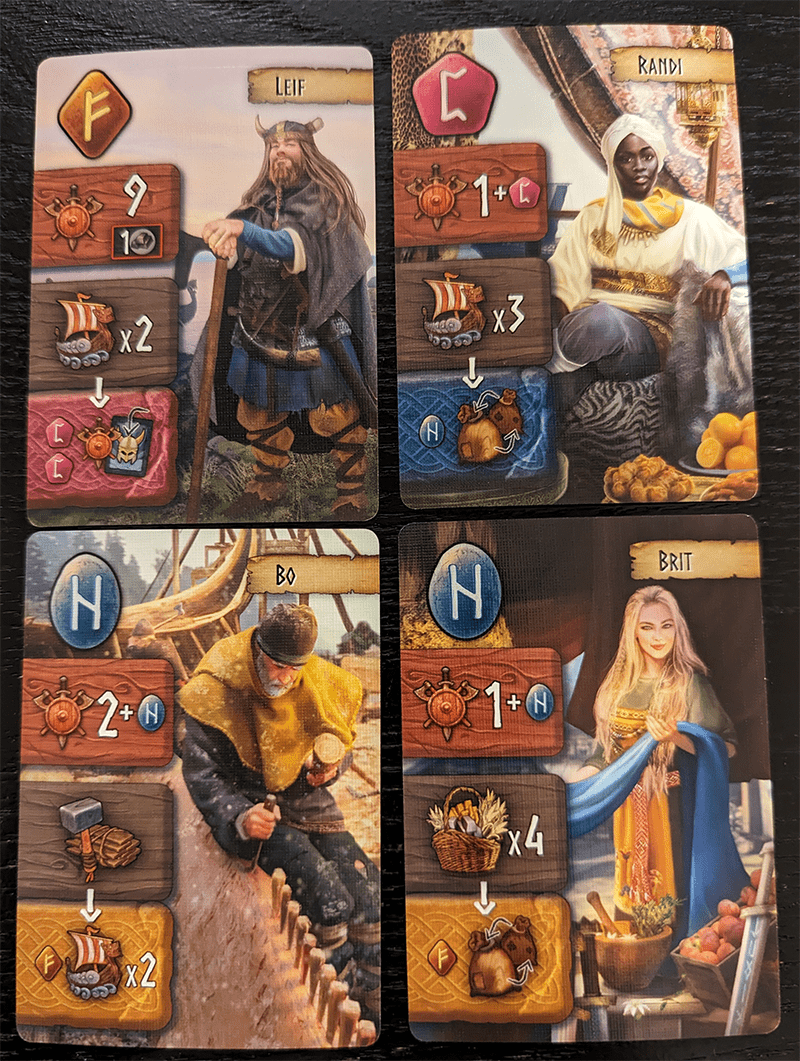
Small Warriors, Big Feats
During your turn, you must play a card. If you choose to play it face up, you execute the main action stated on the card and, if conditions allow, trigger the bonus action. Conversely, playing the card face down signals the initiation of a battle. If you happen to be the first player to play a card face down, you can select a loot card from a designated row, which serves as the reward for the victorious player in the upcoming battle. These loot cards not only provide resources for future actions, but they also grant runestones. It’s important to note that you can only hold a maximum of three loot cards at any given time, compelling you to carefully choose your battles.
Regarding the battle itself, the mechanics are relatively simple and easy to grasp. Everyone reveals their committed facedown cards, and whoever has the highest strength number wins the battle. For the losers, they trigger the Norse God’s abilities while increasing the God’s rage by 1. The God they trigger is dependent on the Rune type of the Viking card used.
Besides losing fights, you can also increase the rage of the Norse Gods by taking a runestone, either from other players or from the island itself. Controlling an island means you have more influence through the number of Vikings, ships, and temples. There is an interesting rule where if you have more Viking figures than your opponents on an island after moving them, you immediately kill off one of each opponent’s Viking figures.
Although there are additional rules worth mentioning, such as raiding villages to acquire extra actions or constructing ships and temples to enhance resource yields, I’ll stop right here for both our sanities. Nevertheless, this does bring me to my initial concern about the game: the abundance of conditions and exceptions within the rules. Tiny Epic Vikings may not be inherently complex, but its rules lack intuitiveness. It is discouraging to witness new players consistently left puzzled when attempting to learn the game due to these intricacies.
However, these issues do not solely lie within the rules, as there is also a concern regarding the plethora of icons scattered throughout the game. This icon-heavy gameplay can lead to confusion and slow down the pace, frustrating both new and seasoned players alike. Furthermore, navigating the rulebook’s tangled explanations can be daunting, leading to the first one or two games being an uphill struggle due to the steep learning curve.
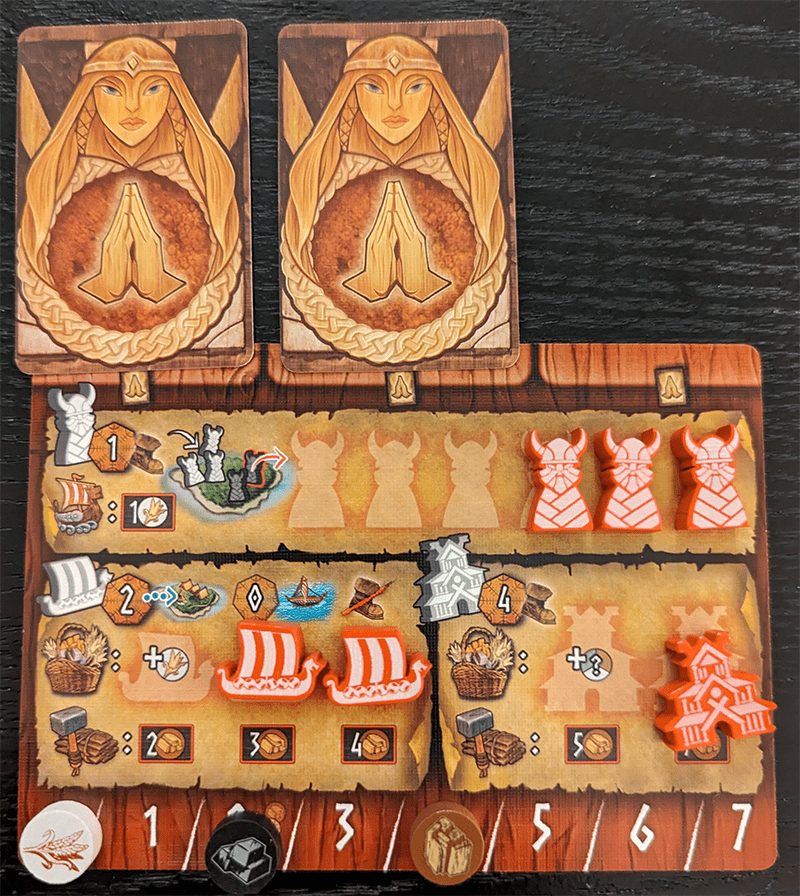
Familiar Fury
I know it’s on-brand for board games to be a bit weird and convoluted, trying their damndest to create a unique experience. I truly understand that. Nevertheless, much like an alcoholic at a kegger, there is a limit that needs to be respected. Now that I think about it, I feel more confident teaching Inis over Tiny Epic Vikings.
Which leads to the next question: Is Tiny Epic Vikings worth the labor? Maybe.
I am giving a bit of an indirect answer since it does seduce me with its sprinkle of cleverness here and there. One aspect that immediately seized my attention was the end-game scoring. Points are exclusively earned through runestones, which are obtained by triumphing in battles and colonizing islands. The value of these stones is in the hands of the collective decisions of the players, as their worth escalates with each battle or the swapping of runestones.
Battles are also another interesting area to discuss. First impressions might lead you to think it’s a simple concept of higher numbers being better, which is true if your intentions are to win the fight. Sometimes winning that fight might not lead you to winning the war, and losing a fight could yield better results.
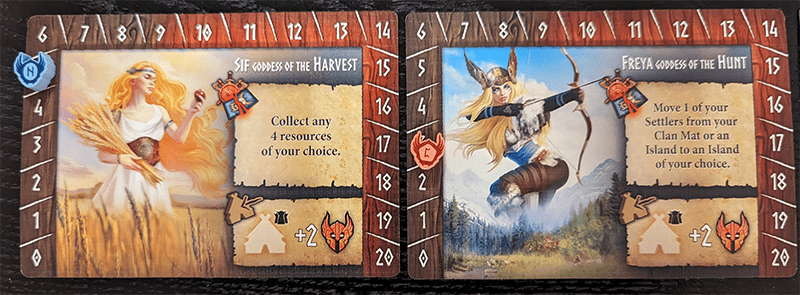
Welcoming Valhalla
Each time you’re defeated in a battle, you gain access to the power of the God corresponding to the runestone type on your card. This creates intriguing possibilities, like Njord granting you boat movement or Sif bestowing upon you four resources of your choosing. It essentially serves as a hidden third action at your disposal, and your opponents remain unaware of it until the battle’s end, adding to the tension of the situation.
If anything, Tiny Epic Vikings is an unexpectedly tense game. The movement of ships and Vikings can easily sway the board state in your opponent’s favor, quicker than an axe swing. Runestone values will constantly fluctuate as players lose fights or islands are swapped around like a rare Pokemon card at a playground. There is never a point where you feel comfortable throughout the entire session. It’s the Patrick Bateman of board games. It looks good, tailored even, but when it gets violent, it gets violent.
Tiny Epic Vikings is undeniably an above-average board game, skillfully designed with impressive features. Despite its well-crafted mechanics and gameplay, I found myself less excited than expected, mainly due to its numerous rule nuances and icons. It undoubtedly offers a fantastic alternative to the larger and more expensive area control drafting games out there, but in this instance, the small size of the game seems to impact the overall experience. That being said, if you are willing to get your friends to plow the obstacles with you, you’ll find something interesting here.


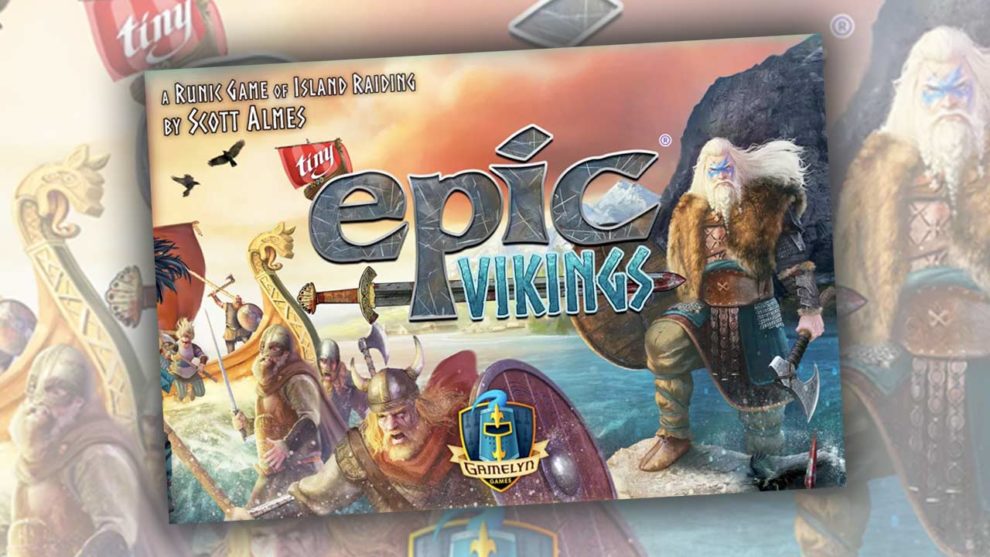

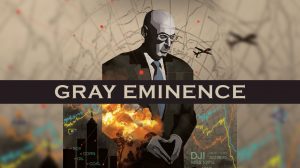







I scanned the two sides of the board in and printed them off, slightly enlarged. After gluing them back to back I laminated them and use that as the board. It lies flat and has more room for the components. Win win.